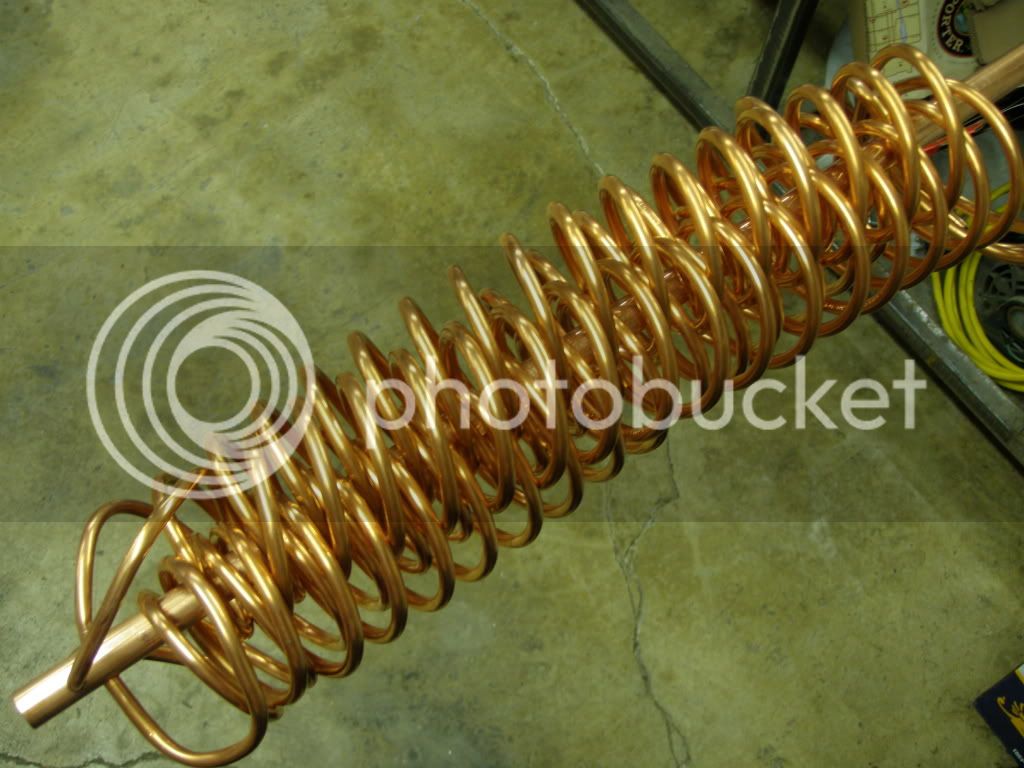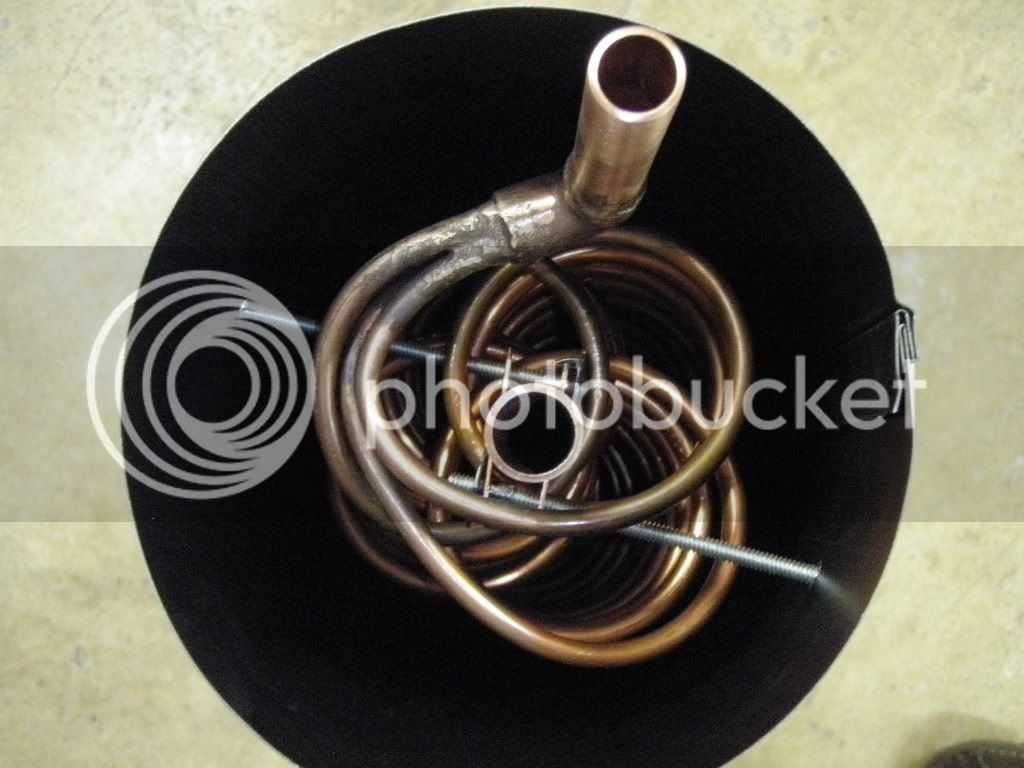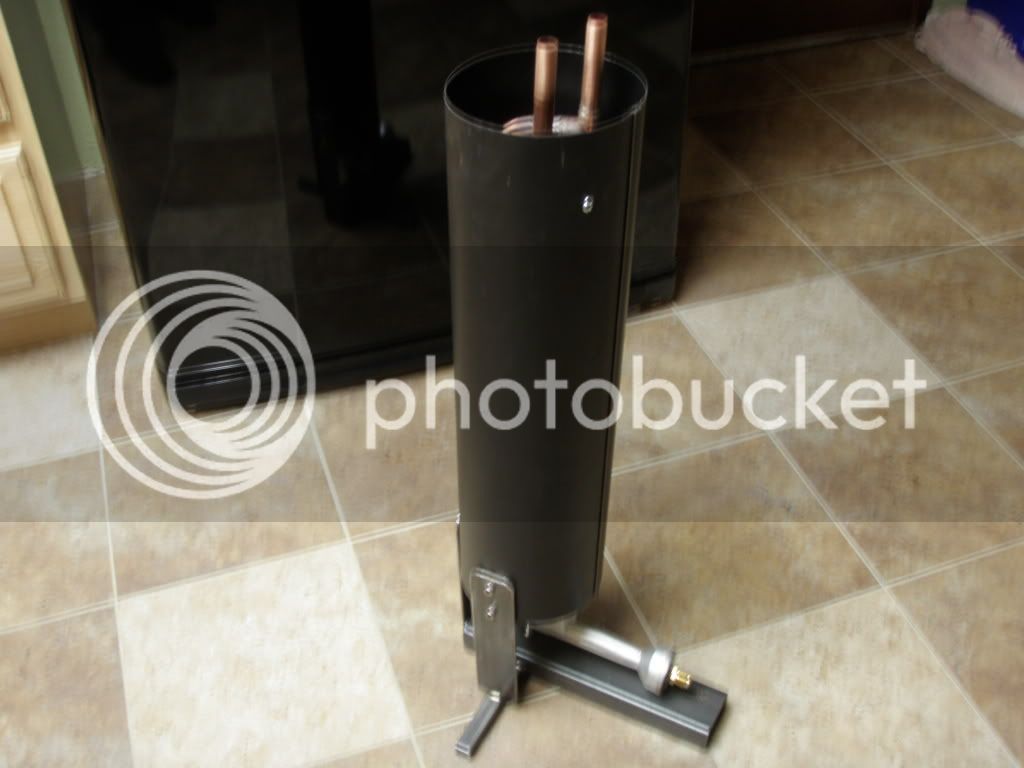malt junkie
Well-Known Member
I don't know that a coil IN a really big pot is the best approach, particularly with a large body of residual heat it would be real easy to over shoot your out put temp, while still being well under on the input temp. I know the yanks do gas herms and even rims on smaller scale but the flow rate VS heat bank mean heat can be stripped quite quickly and any over shoot can be recovered from . With a coil in a big (2HL+) pot, any over shoot would continue for a good period. Remember the enzymes we are targeting with temperature are in the wort not just the mash tun.
Believe me I'm all for more power, I was a motorcyclist who lived by the moto "too much power is barely enough" and still some how survived. In this case having a big bank of power when we need it is great but like a motor bike we need to control it's delivery. Hence the CCFC as HX idea; flow of both wort and heat can be adjusted. Or we could build a flash boiler and ramp those puppies with steam but that **** scares me.
ED#2 any of you crazy bastards who go googling flash boiler and then decide to build one, and then either burn or injure themselves or others note: I have here by warned you of said risks and my advice would be to instead be paitient like the rest of us and wait for your wort to boil.
Believe me I'm all for more power, I was a motorcyclist who lived by the moto "too much power is barely enough" and still some how survived. In this case having a big bank of power when we need it is great but like a motor bike we need to control it's delivery. Hence the CCFC as HX idea; flow of both wort and heat can be adjusted. Or we could build a flash boiler and ramp those puppies with steam but that **** scares me.
ED#2 any of you crazy bastards who go googling flash boiler and then decide to build one, and then either burn or injure themselves or others note: I have here by warned you of said risks and my advice would be to instead be paitient like the rest of us and wait for your wort to boil.
Last edited:







